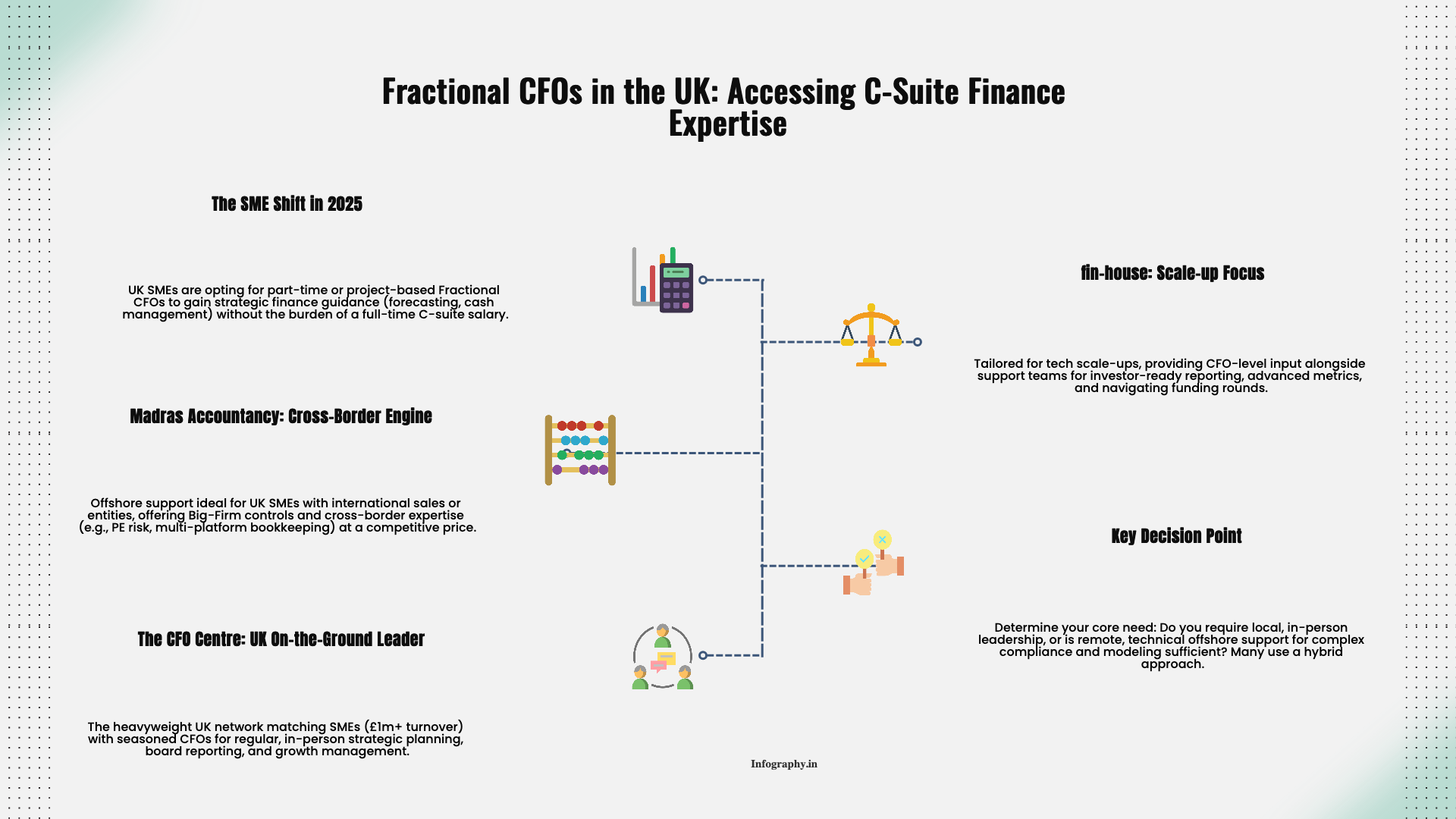Payroll is one of those areas where small mistakes can snowball quietly. Nothing looks urgent until an agency letter arrives months later with penalties and interest attached. By then, the year that caused the problem is long gone.
Taking an hour or two early in the year to walk through a checklist is not glamorous work, but it can spare you a lot of drama. Think of this as a yearly tune up for your payroll system.
Start by looking at who is on payroll and who is paid as a contractor. Ask whether those choices still make sense under current rules. If someone works fixed hours under your direction, uses your tools, and does core work for the business, they usually belong on payroll.
Misclassification is a hot topic for many states and for the IRS. Revisit any borderline cases with your advisor, especially if roles have drifted since you first engaged the person.
For employees, make sure you have up to date Form W4s reflecting their current withholding elections. For contractors, confirm that you have Form W9s with correct names and taxpayer identification numbers.
If you changed entities or tax IDs for your business recently, double check that the information you are using on payroll forms matches the new details, not the old ones.
Payroll tax deposit schedules can change as your total payroll grows. The IRS may move you from monthly to semi weekly deposits if your liability crosses certain thresholds. States can have their own rules.
Log into your payroll tax accounts or talk with your provider to make sure deposit frequencies and due dates in your system match what the agencies expect for 2025. A good system should alert you, but it is still your responsibility.
State unemployment insurance rates are usually updated each year and can change based on your claims history. Local payroll taxes, such as city income taxes or transit taxes, may also be adjusted.
Confirm that your 2025 payroll runs are using the latest rates. If your business expanded into new states or cities, make sure you registered properly and added those jurisdictions to your payroll setup.
If you have already filed Forms W2, W3, and 940 for the prior year, take a moment to reconcile them to your internal payroll reports. Total wages and tax amounts should line up. If they do not, figure out why now rather than when an agency notification appears.
This is also a good time to confirm that terminated employees and inactive contractors are marked correctly in your system so they do not accidentally receive payments later.
As remote work continues, many employers have staff in multiple states without realizing the full payroll implications. Verify the work locations for each employee and check whether those locations create new withholding or unemployment obligations.
If you are letting people move freely from state to state, consider putting some guardrails in place. Payroll and tax registrations follow employees, and it is better to plan that movement than to discover it in hindsight. For guidance on multi-state payroll, see our detailed guide.
Finally, write down how payroll runs in your organization. Who reviews time sheets, who approves changes, who releases payments, and what happens if someone is out on vacation. A simple documented process makes it easier to train backups and reduces the chance that a key step gets skipped.
Payroll will never be entirely exciting. It can, however, be reasonably calm. A yearly compliance check goes a long way toward keeping it that way. To avoid common pitfalls, review our guide on avoiding common payroll mistakes.
.png)
December 9, 2025
A straight-talking overview of five small business tax prep options in 2025, including Madras Accountancy, TurboTax, H&R Block, TaxSlayer, and Bench’s books-plus-tax model.

December 9, 2025
An on-the-ground guide to the UK’s fractional CFO ecosystem – London and beyond – including The CFO Centre, fin-house, FD Capital, BKL, BSmart, and how Madras Accountancy fits into cross-border and hybrid models.